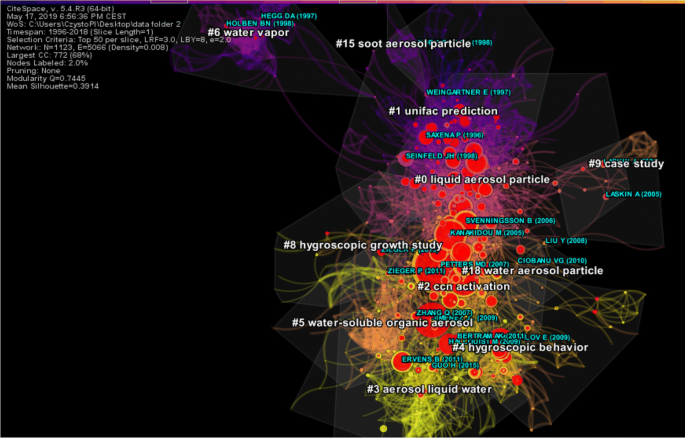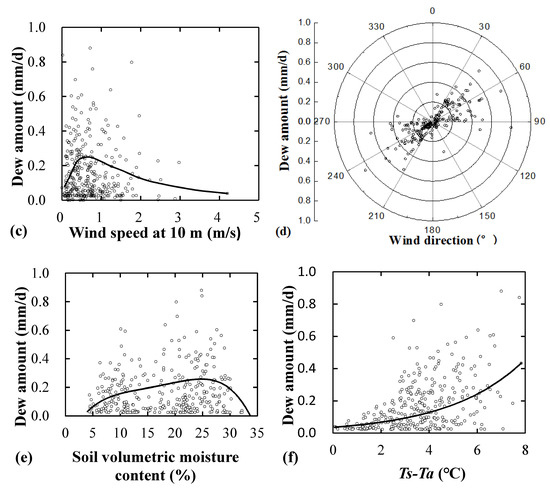

Additionally, the type of humidifier may also be causing the warmth as opposed to the humidity output generated by the humidifier. The remainder of this article will explore how humidifiers can make a room hot, and the reasons why humidity produced by them feels warm, even though the ambient room temperature has not increased. Furthermore, the extent to which humidifiers increase room warmth depends on the type of humidifier: warm mist or cool mist. Humidity makes a person feel warmer based on moisture content, which causes the human body to evaporate less water, causing less cooling. Since humidity is directly correlated to heat, do these products actually heat up a room?Ī humidifier makes a room hot. However, humidifiers work by increasing moisture in the air, thereby causing humidity. We may also earn commissions if you purchase products from other retailers after clicking on a link from our site.ĭry air can be increasingly uncomfortable over long periods of time, which is why humidifiers are essential items for homes in dry regions. As an Amazon Associate we earn from qualifying purchases. “Laboratories,” United States Department of Labor: Occupational Safety and Health Administration.Temperature Master is an Amazon Associate.“Value of lab testing,” American Clinical Laboratory Association.

Learn more how issues caused by low or fluctuating humidity levels can negatively affect a laboratory, creating the potential for inaccurate results and reducing life span of expensive equipment.Ĭontact your local DriSteem representative (listed below) for more information. The use of humidification can help to reduce the spread of viruses like COVID-19 (SARS-CoV-2) and seasonal influenza helping to protect the wellbeing of staff.īuyer's Guide: Humidification for Laboratories.In an uncontrolled environment the life span of expensive equipment such as spectrometers and electronic microscopes can be notably reduced.In an overly dry environment, there is potential for static to build up which will allow contaminants to collect on equipment.Whether from a brief interval when an HVAC system starts up or season changes, the slightest fluctuation in humidity can affect the accuracy of sensitive testing.Humidity levels that are too high or too low can interfere with test results.ISSUES CAUSED BY LOW OR FLUCTUATING RELATIVE HUMIDITY

2 Relative humidity not only creates a more comfortable environment for workers but also reduces the spread of airborne viruses such as SARS-CoV-2 and the seasonal flu. In the United States, there are over 500,000 workers employed in laboratories. This not only impacts testing results but also diminishes the life cycle of expensive equipment. In unfavorable conditions, microbes and bacteria reproduce at an exponential rate. When humidity levels are too low the potential for static buildup increases allowing contaminants to collect. 1 Controlling the Relative Humidity within the complex environment of a laboratory generates more accurate test results, prevents contamination, and promotes a healthier work environment for staff.Ī primary concern is the prevention of contamination, the potential for the growth of microbes and bacteria increases in an improperly controlled environment.

In the United States alone there are more than 7 billion lab tests performed annually.


 0 kommentar(er)
0 kommentar(er)
